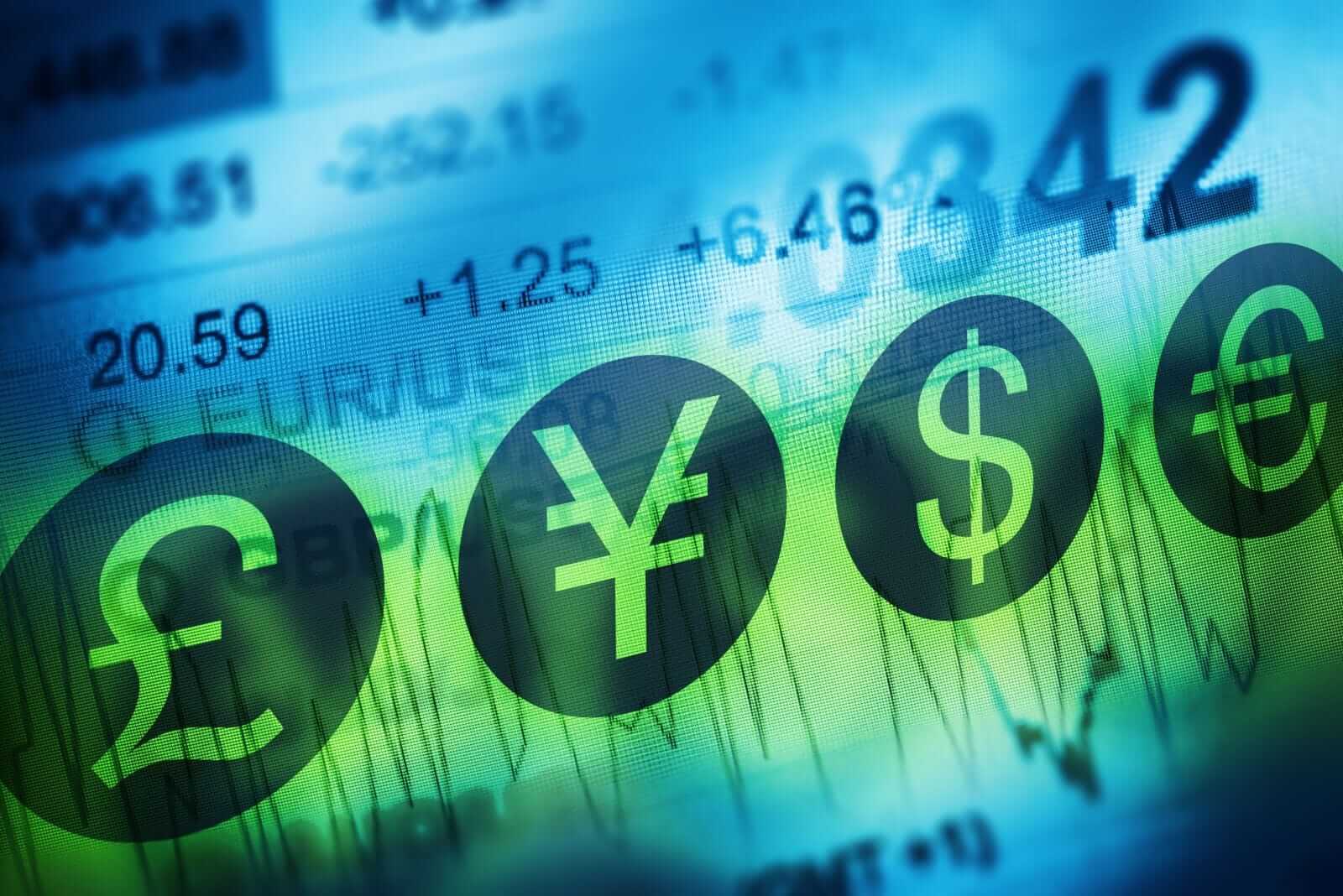
The dollar index (DXY00) Thursday rallied by +0.41% on the sharp +13 bp rise in the U.S. T-note yield to 3.83% s on the hawkish Powell comments, which substantially improved the dollar’s interest rate differentials. The dollar also received a boost from the upward revision in U.S. Q1 GDP to +2.0% (q/q annualized) from +1.3%. The dollar also saw support after the Fed’s bank stress tests gave the largest U.S. banks a clean bill of health, bolstering confidence among foreign investors about the U.S. financial system.
EUR/USD (^EURUSD) fell -0.51%. USD/JPY (^USDJPY) rose +0.22%.
Fed Chair Powell in comments Thursday at a conference in Madrid sponsored by the Bank of Spain went beyond his recent hawkish comments by mentioning the possibility of more than two more rate hikes. Mr. Powell said, “A strong majority of committee participants expect that it will be appropriate to raise interest rates two or more times by the end of the year. Inflation pressures continue to run high, and the process of getting inflation back down to 2% has a long way to go.” He said that the risks of doing too much or too little are “not in balance yet,” and that “It may be that we don’t move for a meeting and then move at a meeting. We haven’t taken consecutive moves off the table.”
The markets are now discounting the odds at 83% for a +25 bp rate hike at the next FOMC meeting on July 25-26, the highest odds yet, after fresh hawkish comments by Fed Chair Powell Thursday. The markets are now anticipating a peak funds rate of 5.42% by November, which is +35 bp higher than the current effective federal funds rate of 5.07%.
Atlanta Fed President Bostic, the FOMC’s most dovish member, reiterated Thursday that he favors keeping rates unchanged, saying, “There is time for us to wait and let our policy work. I don’t see as much urgency to move as others, including my chair.”
In some good news released after Wednesday’s close, the Fed’s annual stress test results showed that all of the largest U.S. banks passed their respective stress tests, clearing the way for dividend payments to shareholders and stock buybacks. The report bolstered confidence that the largest Wall Street banks are in good shape, even if regional banks remain under pressure from the recent run and incoming losses from various credit sectors such as commercial real estate. The stress tests did not cover mid-sized U.S. banks. Fed Chair Powell has recently indicated that the Fed plans to raise capital requirements for U.S. banks in response to the recent runs. Fed Chair Powell Thursday said the U.S. banking system is “strong and resilient.”
Q1 U.S. GDP was revised higher to +2.0% (q/q annualized) from +1.3%, stronger than expectations for an upward revision to +1.4%. Q1 personal consumption was revised higher to +4.2% from +3.8%. The GDP price index was revised slightly lower to +4.1% from +4.2%, while the core PCE inflation measure was revised slightly lower to +4.9% from +5.0%.
U.S. weekly initial unemployment claims fell by -26,000 to 239,000, which showed a stronger labor market than expectations of 265,000. Continuing claims fell by -19,000 to 1.742 million, which showed a stronger labor market than expectations of 1.765 million. However, the unemployment report may have been skewed by the Juneteenth holiday.
May U.S. pending home sales fell -2.7% m/m and -20.8% y/y, weaker than expectations of -0.5% m/m.
The preliminary June Eurozone EU-harmonized CPI of +0.4% m/m and +6.8% y/y was in line with market expectations.
The final-June Eurozone consumer confidence index was left unrevised at -16.1. June Eurozone economic confidence fell by -1.1 points to 95.3 from May’s revised 96.4, which was weaker than expectations for a decline to 95.7.
Japan’s June consumer confidence index rose +0.2 points to 36.2, slightly stronger than expectations for a +0.1 point increase to 36.1.
August gold (GCQ3) Thursday closed down -4.30 (-0.22%), and Sep silver (SIN23) closed down -0.286 (-1.24%). Precious metals prices were uncut by Thursday’s hawkish Powell comments, the sharp rise in T-note yields, and the moderately higher dollar.
On the date of publication, Rich Asplund did not have (either directly or indirectly) positions in any of the securities mentioned in this article. All information and data in this article is solely for informational purposes. For more information please view the Barchart Disclosure Policy here.






